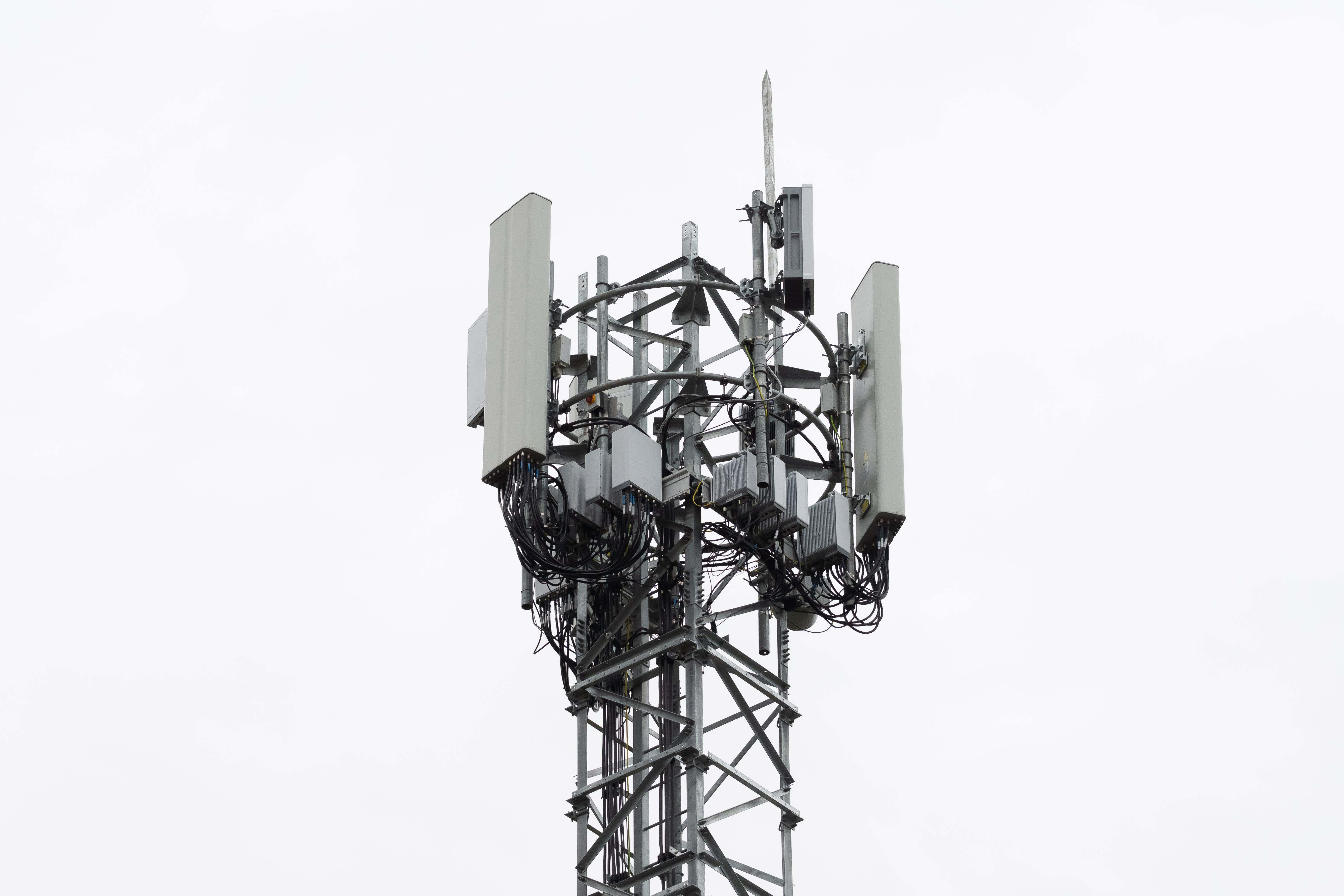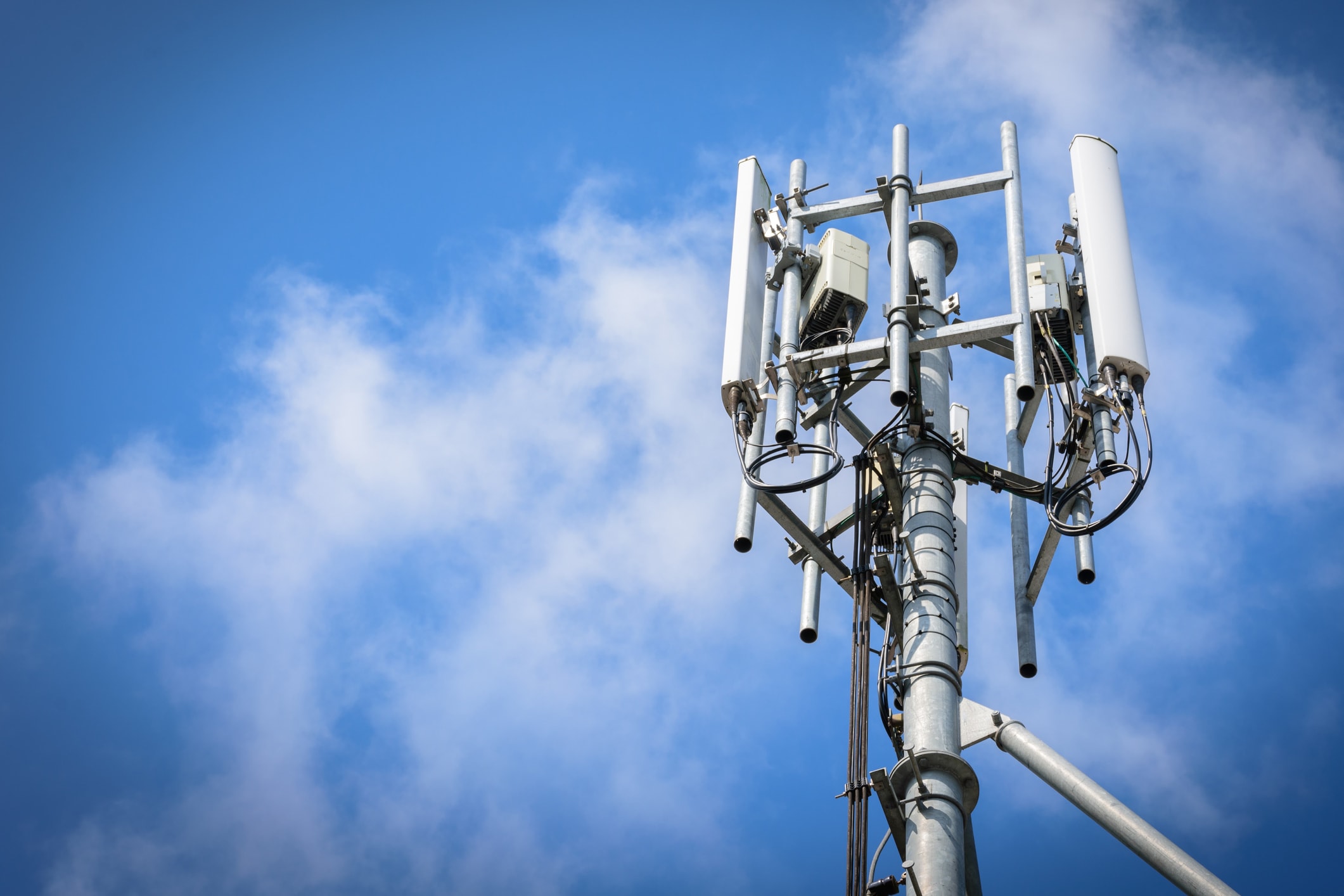If you've ever been through a town, you may have seen tiny mini 5G cell towers on street light poles. They look like small boxes, but they're actually broadcasting wireless signals from mobile providers to your phone.
The smaller ones are being replaced by the larger specially-designed cell towers. While they're less noticeable however, they could cause problems for people.

It is the of the FCC's Radiation Exposure Thresholds
The FCC's Radiation Exposure Thresholds establish the safe limit at which one can expose to electromagnetic energy from wireless devices. The exposure limits are based on scientific data which prove that electromagnetic energy can cause harm to health.
The specific absorption rate (SAR) is an indication of the amount of radiofrequency energy that is taken up by tissues. It is typically 1.6 Watts per kilogram calculated over one gram of tissue.

But, since 5g operates at higher frequencies, it has the potential to cause greater energy intensity on the skin and other exposed body areas. disadvantages of living near a cell tower can result in a wide range of potential harms, including exacerbated appearance of skin disorders like dermatitis, cancer of the skin and cataracts.
Because of the potentially severe effects of 5g radiation, PSU has chosen to establish a general, localized limits on power density, which is 4mW/cm2 based on the average over 1 cm2, and never to exceed 30 minutes, for all 5G services running at 3000 GHz. This limit for localization is in line with the peak SAR that is spatially averaged at 1.6 W/kg averaged over 1 5 grams of body tissue, at 6 GHz.
The FCC's Maximum Exposure Thresholds for Maximum Exposure
Have you ever used a mobile phone, you probably know that a safe distance from the tower should be at least 400 meters. This is due to the power of the transmission of the cell tower is significantly increased the farther the tower is.
Although this may sound like a good idea but the truth is that those living close to towers may actually be more prone to health problems. For example, a study from 2014 in India found that those who lived within 50 meters from cell towers suffered significant more health issues than those who lived farther far from antennas.
This study revealed that those who relocated into areas farther away from cell towers noticed their symptoms improve within a couple of days. Studies have also demonstrated that exposure to extreme frequencies of radiofrequency electromagnetic fields (EMFs) could cause brain tumors, cancers as well as other health issues.
This is because RF radiation, which is used in wireless communication can be absorbed by the body's outer layer, called the skin. This is vital to be aware of because the skin serves as a shield against injuries caused by mechanical forces, infections by pathogenic microorganisms, and the entry of harmful substances. Additionally, it is the largest organ of the human body, and is responsible for keeping the integrity of other organs.
The FCC's Minimum Exposure Thresholds for the Minimum Exposure
The FCC's Minimum Exposition Thresholds are based upon numerous assumptions that are not supported by scientific research. This includes the false belief that exposures to RF radiations are not harmful due to minimal penetration into the body (i.e. the heating of tissues).
This assumption does not take into account the greater penetration of ELF parts of the modulated RF signal, as well as the consequences of brief bursts of heat generated by RF waves that are pulsed. These assumptions are not in line with the current understanding of biological effects of RF radiation, and thus, they should not be considered for health protection exposure standards.
Additionally there is the fact that both ICNIRP and FCC restrict the maximum limits of exposure to peak local SARs, based on the maximum speed of spatial absorption (psSAR), which can be described as not a sufficient dosimetric tool to assess the amount of radiation exposure. Particularly the psSAR tool is not accurate for frequencies above 6 GHz. Additionally, psSAR hasn't been evaluated for RF radiation exposed to other agents of the environment such like sunlight. Interactions of RF radiation with other environmental agents may produce synergistic or antagonistic impacts. This could result in an increased risk of negative health effects. For example, exposure to RF radiation and sunlight could raise the chance of skin cancer and exacerbate other skin disorders, such as acne.
